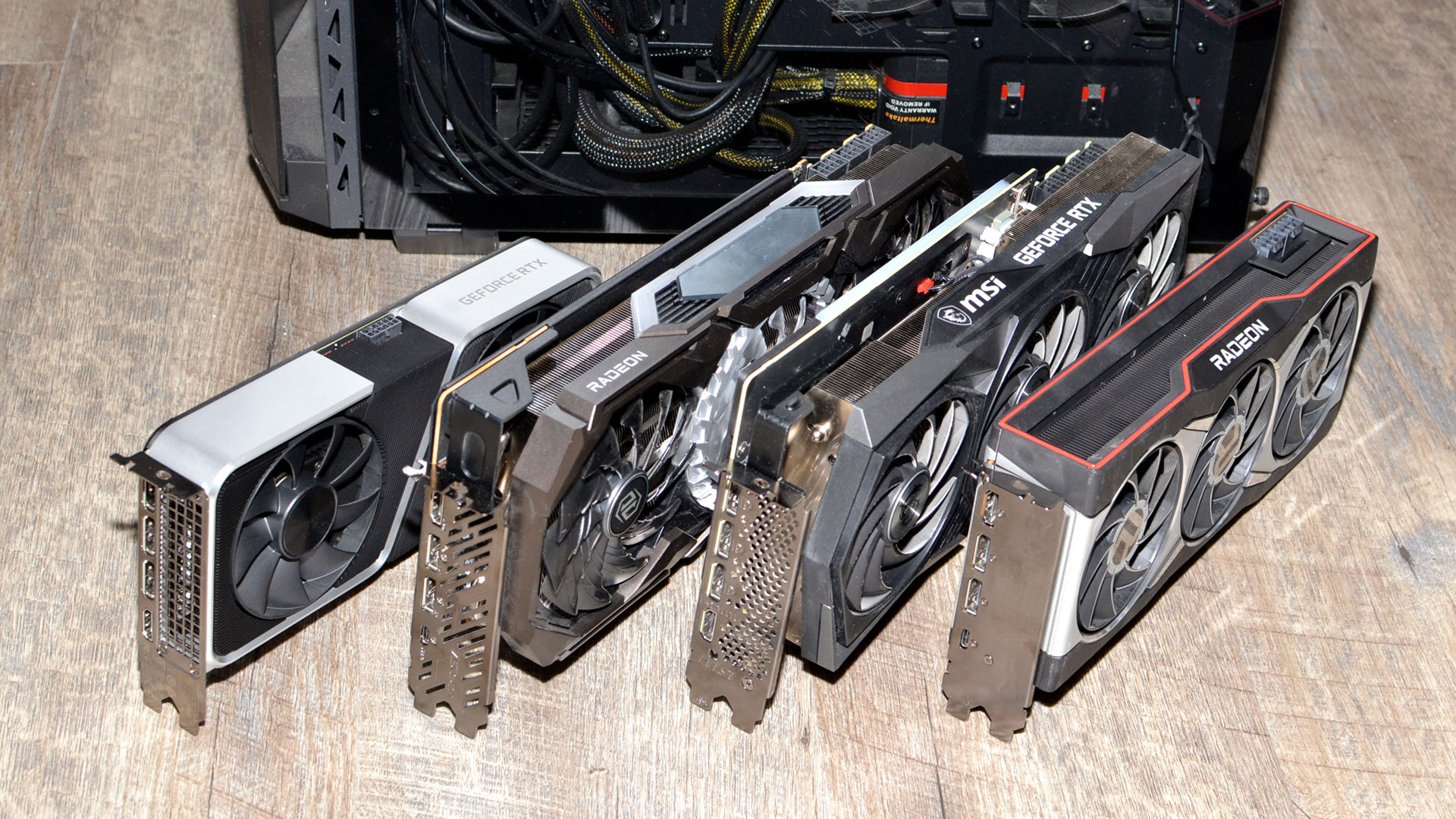
After the cryptocurrency craze crashed, many crypto farms were left with tons of unused GPUs. Some of these companies managed to find other purposes for their GPUs, but thousands still sit idle. Io.net has developed a distributed network that can pool in hundreds of thousands of GPUs and use them for artificial intelligence applications — and apparently 107,000 GPUs are currently on the waiting list.
Io.net has developed a decentralized physical infrastructure network (DePIN) that supports pooling and clustering of GPU computing power from data centers and cryptocurrency miners from different geographic locations. The network is designed to provide resources for artificial intelligence and machine learning workloads by aggregating underutilized GPUs located across the world. To attract GPU owners, Io.net is launching a $700,000 incentive program to encourage them to contribute their resources to the network.
While the primary idea of Io.net's DePIN is to aggregate GPU compute resources unused in datacenters and by individual cryptocurrency miners, the company has also partnered with the Render network, which specializes on remote rendering, to gain access to additional GPUs.
Io.net is not the only DePIN for GPU resources nowadays, but the company says that it can actually cluster resources of GPUs from different geographic locations in minutes — unlike some of its rivals.
"The problem is that they do not really cluster," said Tory Green, chief operating officer of Io.net, in an interview with Cointelegraph. "They are primarily single instance, and while they do have a cluster option on their websites, it is likely that a salesperson is going to call up all of their different data centers to see what is available."
In terms of functionality, the closest competitors are AI-oriented services such as Akash Network, which groups together from eight to 32 GPUs.
Io.net's platform lets customers pick and choose the number and location of GPUs they want to use, as well as security settings — making it easier for businesses and machine learning engineers to get the computing power they need.
The company uses the Solana blockchain technology to manage microtransactions within its network to enable payments to GPU computing providers. Solana's technology can facilitate a vast number of small transactions, which traditional blockchains might not handle as effectively due to slower processing times/higher fees, efficiently. This makes Solana a critical component of Io.net's infrastructure, enabling it to operate a decentralized network for GPU computing power with a robust payment system.







